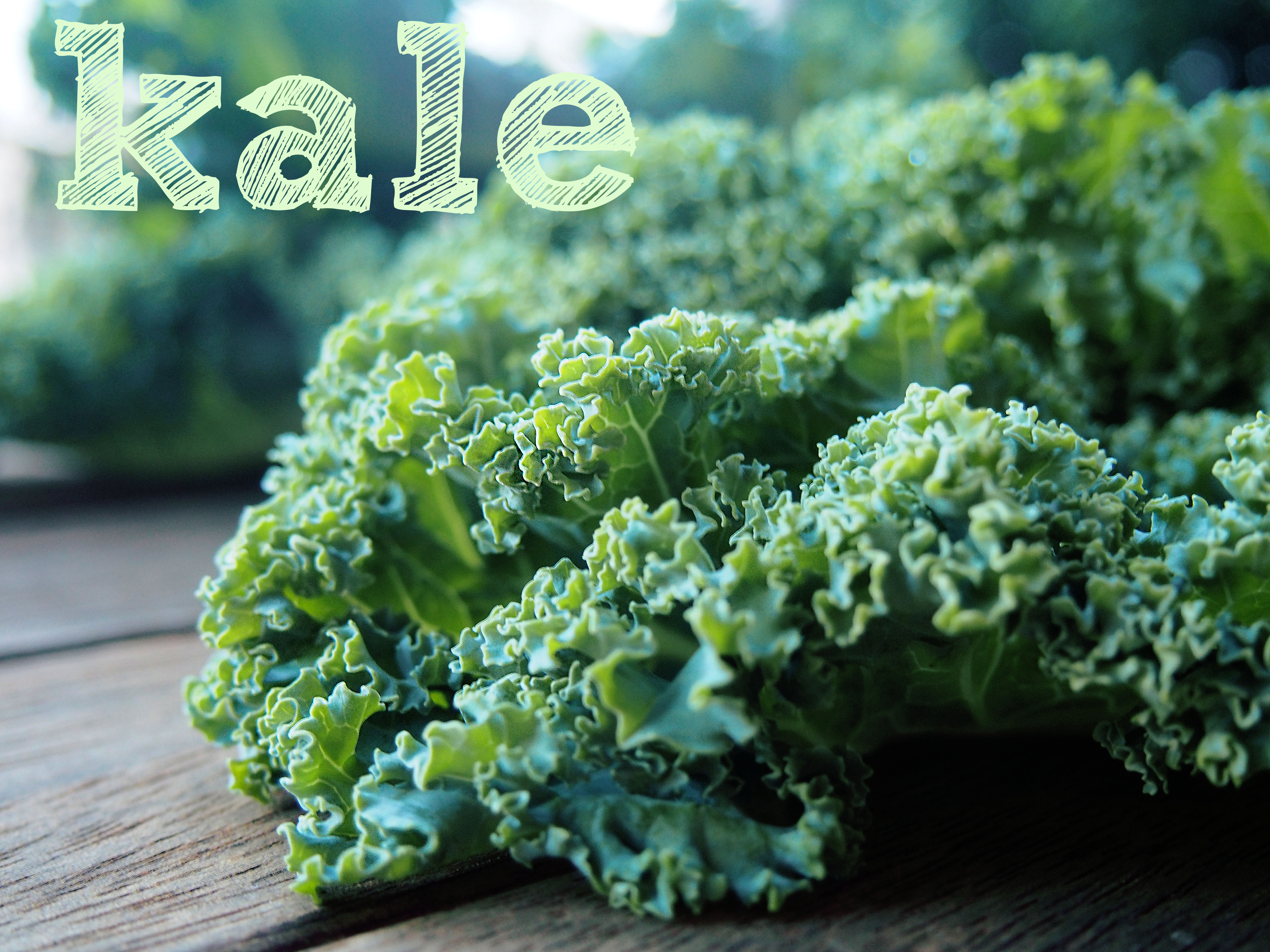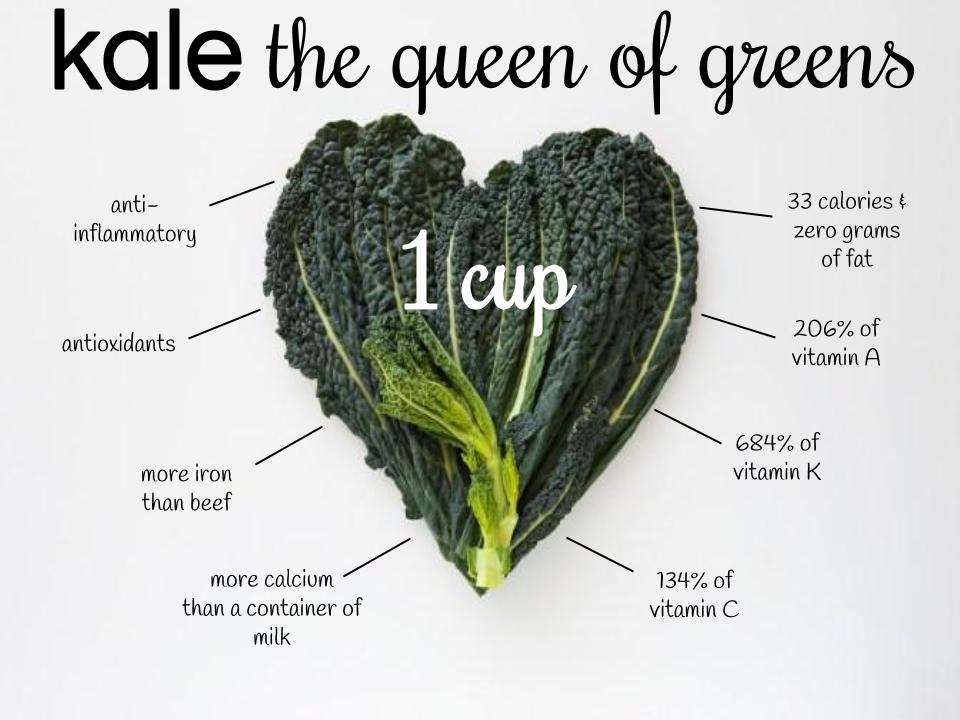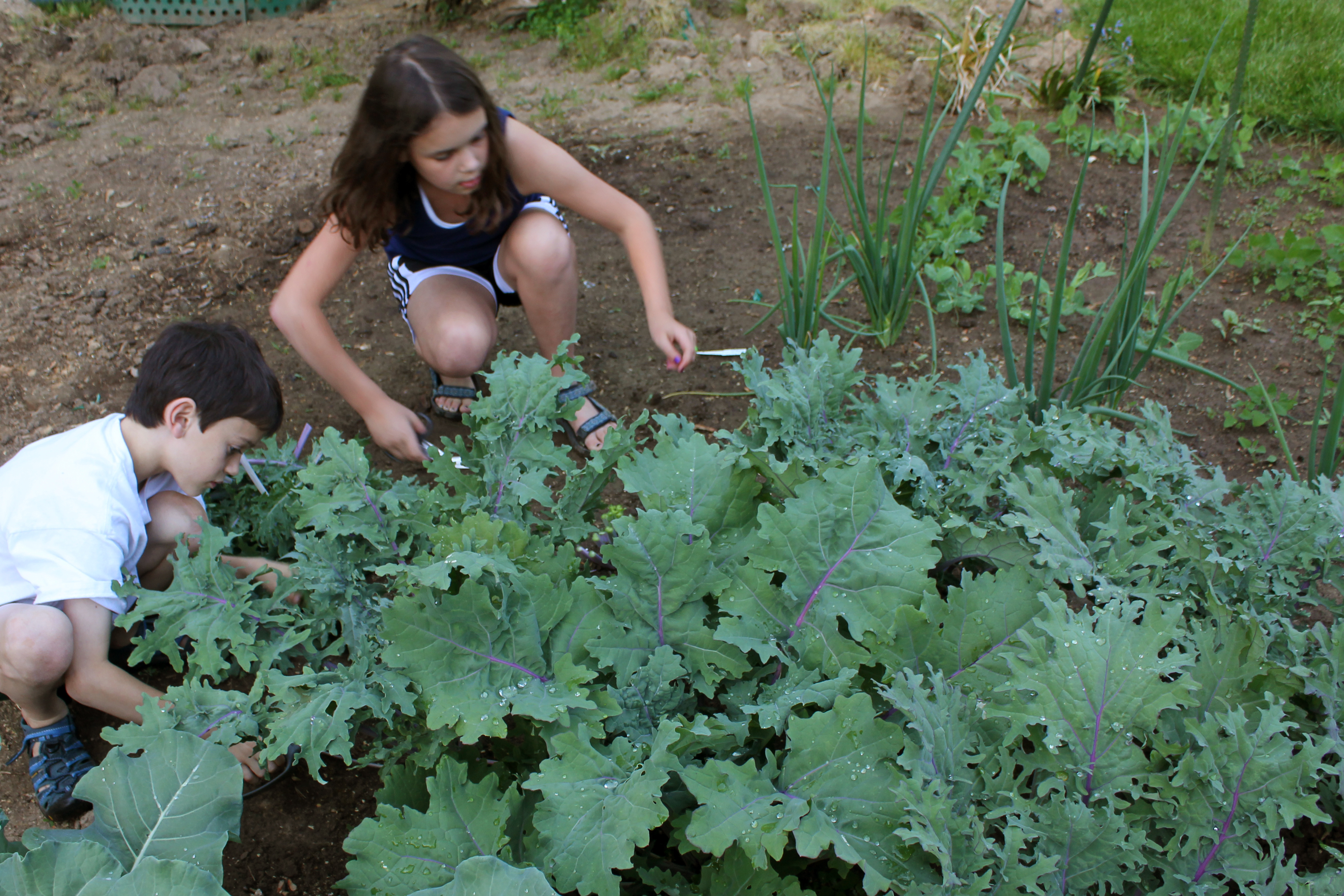Why Kale Should be on Your Plate and in Your Garden
Kale is one of the most durable, easy to grow and nutrient-rich vegetables that we can harvest and consume. It thrives in early or late season growing conditions, requires minimal care and maintenance and matures quickly. It is also a fantastic survival food because of its high vitamin and mineral content. While eating it may take a little bit of getting used to, it is a welcome addition to any diet during the regular course of life as well as during a crisis.
Kale is thought to pack more vitamins, minerals and phytonutrients than any other vegetable. This means that you get more with every bite, and this is important when considering how to stretch resources and make your garden as efficient as possible.
Nutritional Benefits
One cup of kale has 3 grams of protein, almost 3 grams of fiber and more than 1000 times the daily requirement of vitamin K. It also is loaded with your daily requirement of vitamin A as well as 80% of your daily dose of vitamin C. Kale is a powerful source of the vitamin B’s as well as a number of amino acids, antioxidants and enzymes that are proven to help the body resist disease, improve mental functioning and even fight certain types of cancer. In other words, you should make it a point to include kale in your homestead garden and start eating it today in order to give the body a super-charged nutritional boost.
Kale thrive in cooler climates, and the best time to grow them is in the spring or late summer. However, you can also grow them in the heat of the summer provided you plant them in cooler areas of your garden and keep them away from direct sunlight. They also grow very well in poor soil conditions, and this includes beds laden with sand. They can grow for more than half of the year as well.
The greatest thing about kale is that you don’t need to spend a lot of time starting seeds in small planters or flower boxes. You can just toss the seeds in your garden, as early as a month before the last frost, and they should grow nice and full all the way past the first frost in the fall. Kale is also known to survive through snow and very unfavorable growing conditions. In fact, you can harvest kale leaves that are almost frozen and still enjoy their nutritional benefits.
They also grow like wildfire. It is very easy to over-seed kale, but you can eat the pieces that are trimmed off during the growing season while the plants continue to flourish.
The only real drawback to kale is the taste and texture. It is a very hearty and chewy plant that is unappetizing for many people. However, you can steam, blanch or boil kale in order to soften it up and make it more palatable by adding some seasoning. At the end of the day, it is hard to compare kale with many other common garden vegetables.
Learn more about how to incorporate kale into your diet and garden. This is one vegetable that you want on hand during a survival situation when the risk of nutritional deficiencies are highest. This simple lettuce-like plant can be just what the doctor ordered to ensure that you are getting nutrients that the body needs during times of scarcity and uncertainty.







